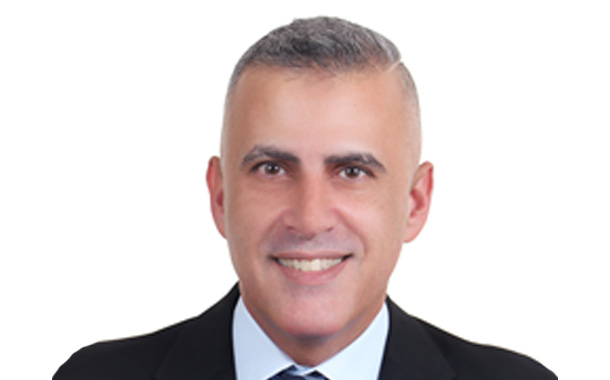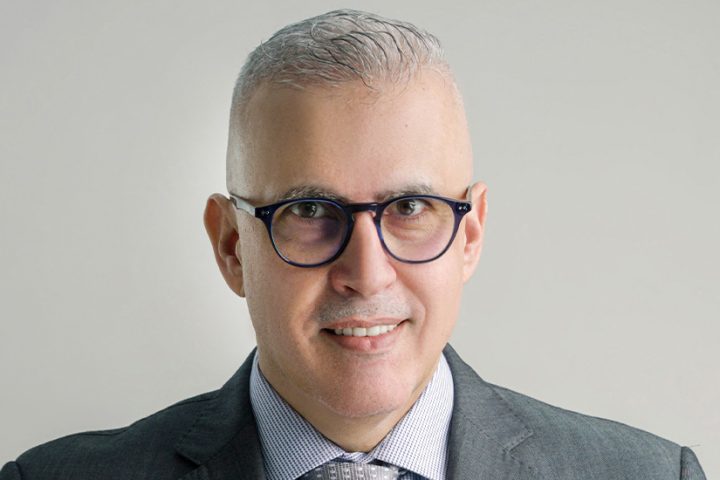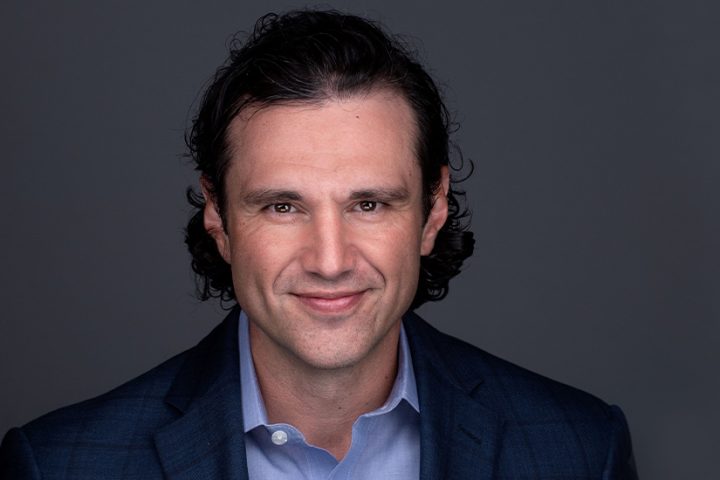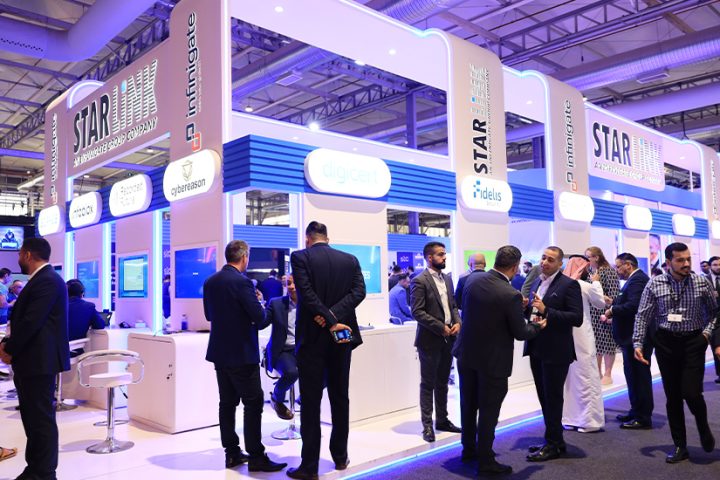SANS Institute’s annual survey of industrial control systems (ICS) has revealed that the introduction of unprotected devices into sensitive ICS networks and ransomware are now among the top threats that organizations face in securing critical infrastructure. In addition, 69% of respondents stated that the level of threats to control systems is now high or severely critical.
“Industrial plants and critical infrastructure have become prime targets for politically and financially motivated cybercriminals in the Middle East,” explained Ned Baltagi, Managing Director, Middle East & Africa at SANS. “Traditionally, these systems have been less frequently updated and the teams operating them lack dedicated cyber security professionals. This places some of the most critical systems we have in the Middle East at risk of cyber-attack.”
The survey also found that some basic security practices are still not being implemented and identifying attacks remains challenging; 40% of ICS security practitioners lack visibility or sufficient supporting intelligence into their ICS networks and this is one of the primary impediments to securing these systems.
“Consider WannaCry which as a ransomware attack was no doubt a top concern for ISC security practitioners. It spread by exploiting a known Microsoft vulnerability which is why unpatched systems played a key role in the spread of the malicious code. Once again, the lack of skilled cyber security professionals or appropriately trained IT staff in the field is impacting the ability of ICS organisations to adequately patch their systems, exacerbating this issue” explained Baltagi.
Bengt Gregory-Brown, survey author, noted, “Changes in ICS/SCADA environments have historically come at a pretty slow pace, but this pace is accelerating with IT/OT convergence, and the speed of change is challenging everyone working with these systems to keep up, or accept growing levels of risk.”














